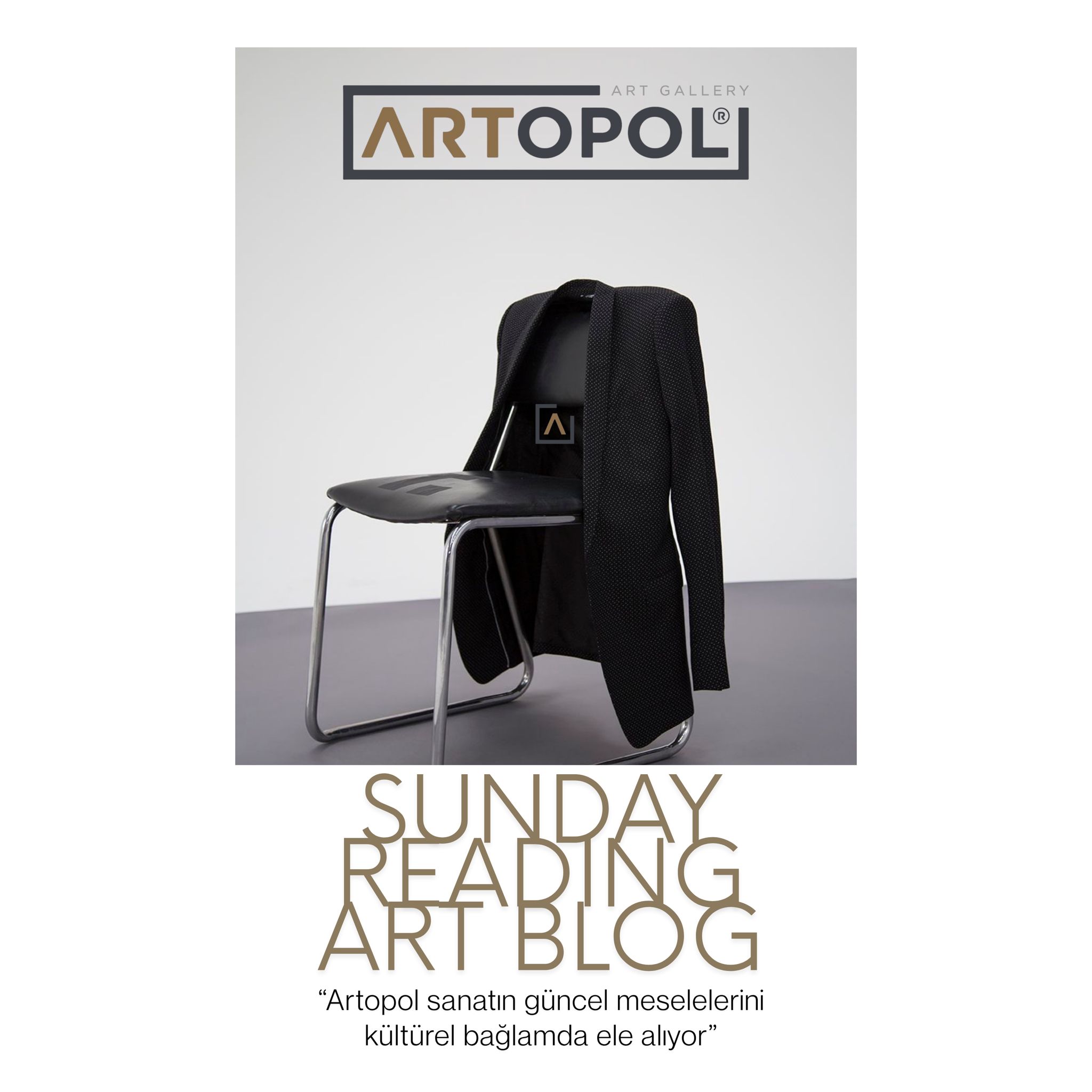The virtual world has merged with real life more than ever in recent years... This fusion, which has brought along innovations that will radically change our physical habits, could not have left the art market untouched. Beyond museum and gallery archives, artist introductions, artwork catalogs, and exhibition reviews, the transfer of knowledge to the online realm through art writings and seminars has enabled the interaction between artwork, artist, and viewer/collector to take place in the digital environment as well.
On the other hand, the global reality of 2020 — the pandemic — affirmed the “indispensable” identity of the internet more than ever before. Despite all these developments, hesitation continued on the side of the viewer and collector.
Or did it? The sales within Sotheby’s, one of the world’s most important auction houses, suggest the opposite. The online auction that ended on January 28, 2021, is a significant example. While the company had projected sales of 80 million dollars, the auction closed at 92.2 million dollars — meaning participation exceeded expectations. And the artwork sold was a painting by one of the most important artists of the early Renaissance, Botticelli.

Following the sale of the painting titled “Young Man Holding a Medallion,” there are some points to note. A classical work was sold for a record price through an online auction. These three propositions show us several things: the fact that the internet is a product of the modern world does not mean it can only connect with contemporary artworks! The sale of an artwork online does not diminish its value!
Online sales demonstrate that a company is keeping up with the times and show its strength. Moreover, whether in the specific case of Botticelli or in more general terms, they increase the accessibility of the company/museum/gallery. However, every convenience brings with it new challenges. The unique qualities of artworks make their sale a process that requires special expertise and sensitivity.
At this point, the proper management of the accessibility provided by the internet is essential. In the exchange of visual artworks—where perception is key—what is needed goes beyond carefully uploaded images on websites: it requires theoretical knowledge and experience. Such consultancy is a service that a gallery must guarantee and that collectors should demand. In terms of preserving the value of art, this approach represents a responsibility shared by every actor in the art market.
Written by: Zeynep Dikmen



